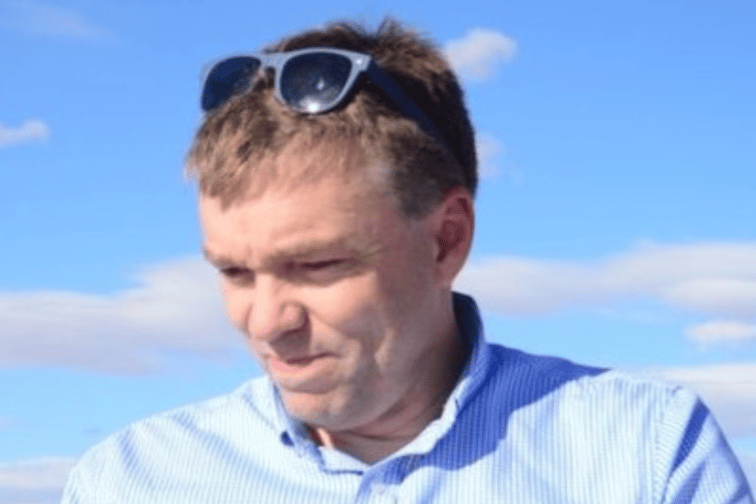

The first day of presentations at the Weather Risk Management Association (WRMA) conference in Sydney opened with a talk about Australia’s climate in the coming decades.
“It's worth putting in historical context: we haven't seen C02 levels this high for two million years,” said Dr David Jones (pictured above). “We do know that once you reach these levels of C02, it is a very different situation.”
Jones is section manager with Australia’s Bureau of Meteorology. He leads the Bureau's research teams focussed on climate change and variability and high impact weather.
The presentation hammered home the depressing reality that our climate is now set to continue to produce extremes of temperature and rainfall for the next generation. By about 2100, Jones strongly suggested, those increasingly severe floods and fires will either continue on a similar trajectory or get much worse.
Some insurers are already taking on board this message and adapting their risk management and business models as much as they can. For those who aren’t, the talk, for those who were present, was another compelling climate wake-up call.
“History is telling us a lot about what to expect and a lot of changes are now pretty much set in stone,” Jones said.
The well publicised take-off in emissions since the middle of the 19th century is the cause, he said, and now the impacts are really being felt.
“The thing to keep in mind with Australia is just the exceptional variability,” he said. “Often people might say it's always been like this, we’ve always had these experiences, we’ve always had floods, we’ve always had droughts - and absolutely that's the case.”
The difference today, he said, is that Australia’s variable climate is much more consistently extreme than it was in decades past.
“There are some changes emerging in rainfall,” he said. “Particularly the wet spikes seem to be increasing and that's not surprising, it’s a signature we do expect with climate change.”
Jones noted that the recent three year drought set a new record for the driest year. He wasn’t sure if that was a trend but he said the temperatures in Australia today are generally warmer and was confident that’s not going to change.
“The temperature is very different,” he said. “I suspect most of us won’t live to see another year that’s cooler than average.” A temperature chart showed how Australia has moved out of a historical period where there were frequently quite cold years.
Another slide plotted the really hot days across the country for many years up until the end of 2022. In the past, Jones said, these extremes of temperature from one end of Australia to the other would only occur once every 10 to 20 years.
Today, he said, these uniform temperature extremes can happen every few weeks. He attributed this to a rise in average temperatures of about 1.5 degrees Celsius since 1910.
“It's pretty spectacular,” said Jones. “You can see this big impact on the extremes.”
Among the results is extra pressure on emergency services – and by implication insurance companies – who are now faced with, for example, more frequent simultaneous fires in different parts of the country.
“One of the trends that's quite strongly established now is really how the changes are impacting our fire weather,” he said. “What we're seeing is a pretty general increase in fire danger across the country.”
Another Jones slide tracked the dates for the first high fire danger warnings in the vicinity of the NSW town of Tathra from 1950 to 2020.
“Historically, the first very high fire danger day occurred in December and now it's happening in August,” he said. “These are the kind of changes we’re seeing and why you have to think about these and how you do your business.”
Jones said the temperature trends for the next 20 to 30 years are “clearly established.”
The impacts, he said, include continued warming with lower cool season rainfall in the southern parts of the country but increasingly intense rainfall, especially in the north, during hotter months.
Further into the future things become more uncertain. Jones said by 2100 there will be a clear divergence in the climate impacts of a lower emissions future versus a higher emission future.
If temperatures rise by four degrees Celsius, Jones said there won’t be much ice left on the planet. “That's a pretty extreme adaptation problem,” he said.
“Under a low emissions scenario you’re looking at one and a half to two degrees [increase in temperature] at the end of the century,” he said and suggested the result could be an incrementally worse version of the floods and fires we are already experiencing.
